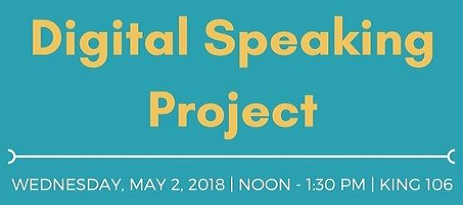
Sounds of the Living Light: Understanding Hildegard of Bingen’s Mystical Impulse through Artistic Expression and Musical Composition
Location
King Building 106
Document Type
Presentation
Start Date
5-2-2018 12:00 PM
End Date
5-2-2018 1:30 PM
Abstract
Hildegard of Bingen was a remarkable Benedictine abbess who not only wrote theological treatises, composed music and plays, and studied science and medicine, but also tried to fit her understandings of these things into a unified theology. Her music in particular, was remarkable in its creativity and its ability to enhance the spiritual lives of the nuns in her convent. While it is natural to assume that Hildegard received her mystical visions first and than tried to translate them into music, this paper argues that her music and the process of creating this music should be understood as an inseparable part of her mysticism. By viewing her mysticism in dialectic relation to her music, a greater understanding of both these things can be gleaned. This approach will focus on the technical workings of her music, as well as how Hildegard related to making music as a part of her theology.
Keywords:
Hildegard of Bingen, mysticism, Gregorian chant, monophonic chant, theology, creativity, Benedictine monasticism
Recommended Citation
Smith, Oliver, "Sounds of the Living Light: Understanding Hildegard of Bingen’s Mystical Impulse through Artistic Expression and Musical Composition" (05/02/18). Senior Symposium. 4.
https://digitalcommons.oberlin.edu/seniorsymp/2018/digital_speaking/4
Major
Religion; Creative Writing
Advisor(s)
Mohammad Jafar Mahallati, Religion
May 2018
Sounds of the Living Light: Understanding Hildegard of Bingen’s Mystical Impulse through Artistic Expression and Musical Composition
King Building 106
Hildegard of Bingen was a remarkable Benedictine abbess who not only wrote theological treatises, composed music and plays, and studied science and medicine, but also tried to fit her understandings of these things into a unified theology. Her music in particular, was remarkable in its creativity and its ability to enhance the spiritual lives of the nuns in her convent. While it is natural to assume that Hildegard received her mystical visions first and than tried to translate them into music, this paper argues that her music and the process of creating this music should be understood as an inseparable part of her mysticism. By viewing her mysticism in dialectic relation to her music, a greater understanding of both these things can be gleaned. This approach will focus on the technical workings of her music, as well as how Hildegard related to making music as a part of her theology.

